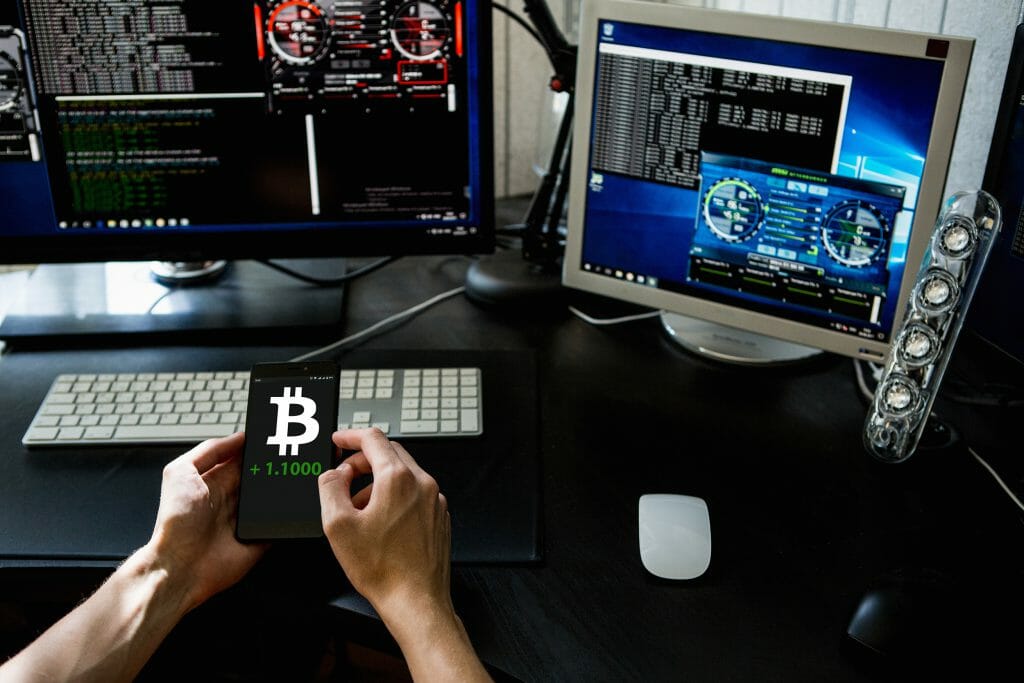It is unknown if a miner or group of them is generating 58% of the hash of the network. Until now there are no signs of any fraud.
The community that revolves around the altcoin Grin is on alert since the 2Miners pool warned about the risk that the network presents of suffering a 51% attack, that took place after noting that one entity or several of them manage more than half of the hashrate of the network. For that reason, the pool suspended payments and urged users to wait for “additional confirmations.”
According to statistics from the GrinScan website, 58.2% of the Grin network hashrate is generated by unknown groups. On Sunday, 2Miners warned about the situation, noting that a 51% attack was underway, although it could be a hasty signal because there is no fraud yet confirmed.
While it is still under investigation, which is the unknown entity or groups that are currently mining the cryptocurrency, the community remains on alert. If it is a 51% attack, a malicious group could delay the confirmation of new transactions that occur while they have network dominance, or worse, double-spend and defraud those who accept Grin.
Last year Grin recently captured the attention of members of the cryptocurrency community for its privacy-focused feature. The Argentine bitcoiner Franco Amati believes that it has the potential to compete with Monero. Although, its appreciation changed in the last hours; perhaps influenced by the alert issued from the 2Miners group.
In this regard, Amati said: “It is a shame because I once considered that it could have the potential to compete with Monero, but it has been with privacy problems for months, and now this is added.”
A 51% attack generally requires a large investment of money. For example, an attack of at least one hour on the Bitcoin network would cost an attacker about $ 717,873. Interestingly, the cost of attacking Grin is very small – it only takes $ 76 per hour to control at least 51% of the network’s hash rate, according to the crypto51 site.
This year 51% attacks happened, such as the one Ethereum Classic suffered in August. It suffered two attacks of this type in a week. At that time the accounting records were under manipulation, including the eras and replacement of the transaction. In this way, the attacker reached the possibility of spending twice the registered ETC in those blocks. In the case, Ethereum co-founder Vitalik Buterin recommended that ETC developers follow in his footsteps and change the proof-of-stake protocol.
By: Jenson Nuñez.











